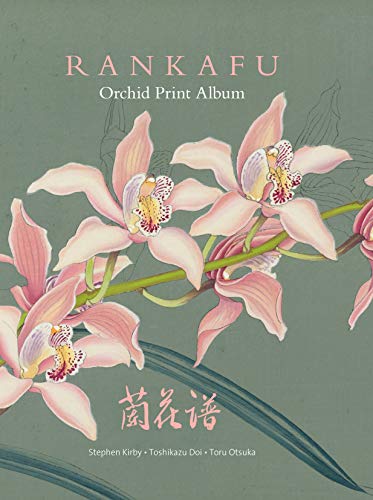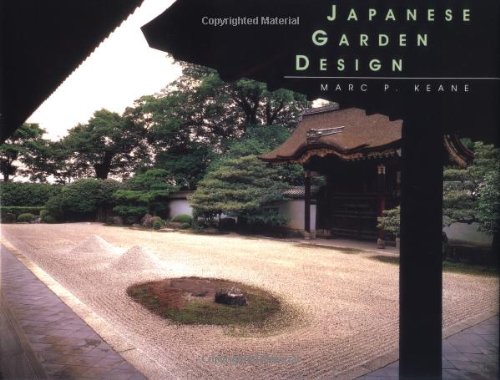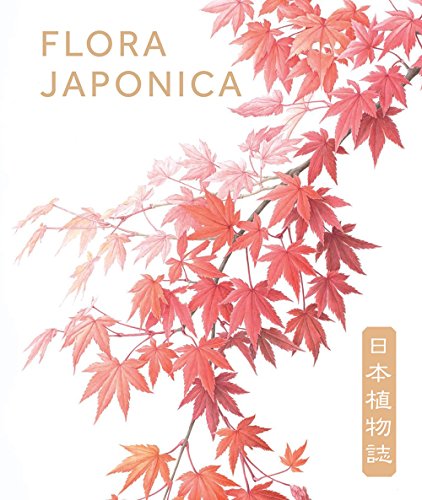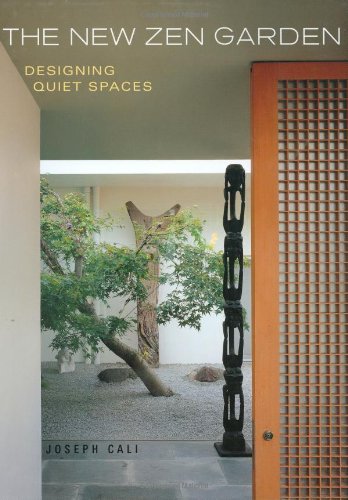![[Entangled Life] cover](https://depts.washington.edu/hortlib/graphix/entangledlife.jpg)
Only a few pages into Merlin Sheldrake’s Entangled Life, my mind expanded like a puffball, fit to burst from the wildly proliferating spores of ideas. This is so much more than a book about mushrooms, the showy fruiting bodies that tend to dominate our attention to the fungal world. Merlin Sheldrake, son of biologist Rupert Sheldrake, holds a Ph.D. in tropical ecology for research on mycorrhizal relationships. The book should appeal to scientist and layperson alike, as the author excels at communicating complex concepts in lucid and literary prose, while retaining a sense of humor, wonder, and above all, hope. What role does hope play? Reading the book at this time of pandemic and social inequity, the notions of mutualism, symbiosis, and involution (involution—distinct from evolution’s focus on competition–attends to patterns and strategies of cooperation) ramify beyond the realm of mycelial networks, their implications readily extendable to human interaction.
Sheldrake wholeheartedly embraces imagination and creativity in the realm of scientific research. He does not shy away from describing fungal ‘communication,’ and the ability of organisms that do not possess brains to make ‘decisions.’ Conventional science may frown upon anthropomorphism as soft thinking, but if we eschew it entirely, we might close our minds and dismiss observable phenomena. Biologist Robin Wall Kimmerer points out that the Potawatomi language “is rich in verbs that attribute aliveness to the more-than-human-world,” while English offers no alternative way to talk about other living organisms without reducing them to an inanimate ‘it.’ Kimmerer says, “Biological realities are never black and white. Why should the stories and metaphors we use to make sense of the world—our investigative tools—be so?”
The book calls attention to the groundbreaking research of scientists, many of them women (Suzanne Simard’s work on carbon transfer between plants; Katie Field on mycorrhizal solutions to agricultural problems; Lynne Boddy on mycelial networks; Lynn Margulis’s endosymbiotic theory once dismissed as “evolutionary speculation”). Sheldrake describes his meetings with Pacific Northwest innovator and fungal theorist Paul Stamets (who has recently been working on fungal antiviral compounds), and mycoenthusiasts and entrepreneurs like Peter McCoy (founder of Radical Mycology, a group that promotes citizen scientist education on things fungal, such as mycoremediation and mycofiltration). Farther afield, in New York, the versatility of fungi is being harnessed to make biodegradable packing and building materials and furnishings as alternatives to plastic. Imagine ordering a grow-your-own-lampshade kit, or sitting on a fungal stool!
Each chapter presents surprising observations that may dismantle and rearrange the reader’s preconceptions. We humans tend to think of ourselves as discrete, separate individuals, but each of us is actually an ecosystem “composed of—and decomposed by—an ecology of microbes” that make it possible for us to function (to digest our food and reap nutrients from it, for example). We are not unique in this. Symbiosis is widespread.
An example that reveals the decision-making abilities of organisms without brains is an experiment done in Japan. Scientists set slime mold in petri dishes that replicated the layout of Greater Tokyo, with obstacles represented by bright light. The path the slime mold took was a close match for Tokyo’s rail system. Mycelial networks, too, can function in a brain-like way, responding to electrical, chemical, or other sensory impulses to communicate about surrounding conditions, directing growth accordingly.
Why should truffles (the subterranean fruiting bodies of certain kinds of mycorrhizal fungi) attract humans and other animals with their smell? Because they are underground, they cannot disperse spores without a partner. Their odor coaxes us to dig for and consume them, thereby dispersing their spores above ground. This is an example of mutualism which is beneficial to both partners.
Until reading this book, I did not know that the term ecology, coined by artist and biologist Ernst Haeckel in 1866, was influenced by observations about lichen. Ecology is the interrelationship of organisms in their environment, and points to nature as an interconnected whole, “a system of active forces.” In 1869, Swiss botanist Simon Schwendener presented a “dual hypothesis of lichens,” showing that lichen is composed of two different entities, a fungus (to offer physical protection and nutrients) and an alga (to harvest light and carbon dioxide). By 1877, German botanist Albert Frank coined the word symbiosis to describe this fungal-algal partnership.
The idea that one organism originates from two different lineages defies the tidy categorization that taxonomy prefers. Trevor Howard, curator of University of British Columbia’s lichen collection, refers to the “lichening rod effect,” whereby lichens strike and splinter apart familiar concepts into new forms. It gives us a new way of thinking about life. Sheldrake points to biologist Lynn Margulis and her visionary theories on the coming together of different organisms, the “intimacy of strangers.” Margulis says: “Lichens are remarkable examples of innovation emerging from partnership. The association is far more than the sum of its parts.” It turns out that lichens may be made up of more than two partners. Lichenologist Toby Spribille discovered by chance that lichen DNA contained several fungal and bacterial partners, so a lichen might be seen both as an individual, and/or as a microbiome. We need perspectives that transcend rigid categories in other spheres of existence, too. Cultural theorist David Griffiths was inspired by lichen symbiosis to write a paper entitled “Queer Theory for Lichens.”
This book is the work of an adult who has retained the his childhood curiosity about the world, who built piles of leaves and embedded himself in them to see if he could experience their decomposition. He continues to be a fungal experimenter, brewing and fermenting, and exploring the many possibilities of partnering with fungi to mend the planet. I highly recommend immersing yourself in this book. Merlin Sheldrake’s enthusiasm is contagious.
![[Greenwood: A Novel] cover](https://depts.washington.edu/hortlib/graphix/Greenwoodforreview.jpg)
![[In Search of Meadowlarks] cover](https://depts.washington.edu/hortlib/graphix/meadowlarks.jpg)
![[Big Lonely Doug] cover](https://depts.washington.edu/hortlib/graphix/BigLonelyDougreview.jpg)
![[Entangled Life] cover](https://depts.washington.edu/hortlib/graphix/entangledlife.jpg)
 Japanese horticulture is known for intense specialization with certain plants; chrysanthemums are an example. Less well known is a more recent – less than one hundred years old – infatuation with orchids. Much of this is due to one man, Shataro Kaga (1888-1954), a banker by trade, who established a major orchid nursery at Oyamazaki near Kyoto in the 1920s.
Japanese horticulture is known for intense specialization with certain plants; chrysanthemums are an example. Less well known is a more recent – less than one hundred years old – infatuation with orchids. Much of this is due to one man, Shataro Kaga (1888-1954), a banker by trade, who established a major orchid nursery at Oyamazaki near Kyoto in the 1920s. Marc Peter Keane has published several books based on his landscape architecture degree from Cornell University and the 18 years he spent in Kyoto designing gardens. “Japanese Garden Design,” his earliest, has stood the test of time.
Marc Peter Keane has published several books based on his landscape architecture degree from Cornell University and the 18 years he spent in Kyoto designing gardens. “Japanese Garden Design,” his earliest, has stood the test of time. “Flora Japonica,” published by the Royal Botanic Gardens, Kew, is really two books in one. The first part provides a rarely documented history of Japanese botany with an emphasis on the literature and illustration of the native flora. The oldest surviving example dates from 1274 and surprisingly was intended to identify plants used by veterinary surgeons. It is considered to be very comparable to European works of the same era.
“Flora Japonica,” published by the Royal Botanic Gardens, Kew, is really two books in one. The first part provides a rarely documented history of Japanese botany with an emphasis on the literature and illustration of the native flora. The oldest surviving example dates from 1274 and surprisingly was intended to identify plants used by veterinary surgeons. It is considered to be very comparable to European works of the same era. The four main islands of the Japanese archipelago stretch north to south at the same latitudes as from Portland, Oregon to northern shore of the Gulf of California. This range has given rise to a diverse flora including many species found nowhere else. If you include all the small islands, almost one-third of the 5,600 species found in Japan are endemic.
The four main islands of the Japanese archipelago stretch north to south at the same latitudes as from Portland, Oregon to northern shore of the Gulf of California. This range has given rise to a diverse flora including many species found nowhere else. If you include all the small islands, almost one-third of the 5,600 species found in Japan are endemic. For designing your own space in a Japanese style, consider “The New Zen Garden” by Joseph Cali, an American who lived many years in Japan, using his education as an interior designer. In this book, he urges his readers to treat the garden as an extension of the home’s indoor space, and is very practical and systematic in his advice.
For designing your own space in a Japanese style, consider “The New Zen Garden” by Joseph Cali, an American who lived many years in Japan, using his education as an interior designer. In this book, he urges his readers to treat the garden as an extension of the home’s indoor space, and is very practical and systematic in his advice. Yoko Kawaguchi’s book “Japanese Zen Gardens” is excellent source of Japanese gardening history, but with a focus on the dry landscape (kare-sansui) traditions associated with Zen Buddhist temples. These sites bring the history alive with gorgeous photographs by Alex Ramsay and interpretive diagrams. While the dry landscape style may seem static to those outside Japan, Kawaguchi clearly shows an ongoing evolution, including its use for gardens not associated with temples.
Yoko Kawaguchi’s book “Japanese Zen Gardens” is excellent source of Japanese gardening history, but with a focus on the dry landscape (kare-sansui) traditions associated with Zen Buddhist temples. These sites bring the history alive with gorgeous photographs by Alex Ramsay and interpretive diagrams. While the dry landscape style may seem static to those outside Japan, Kawaguchi clearly shows an ongoing evolution, including its use for gardens not associated with temples.